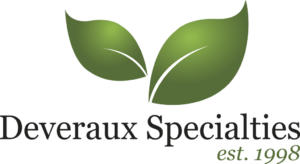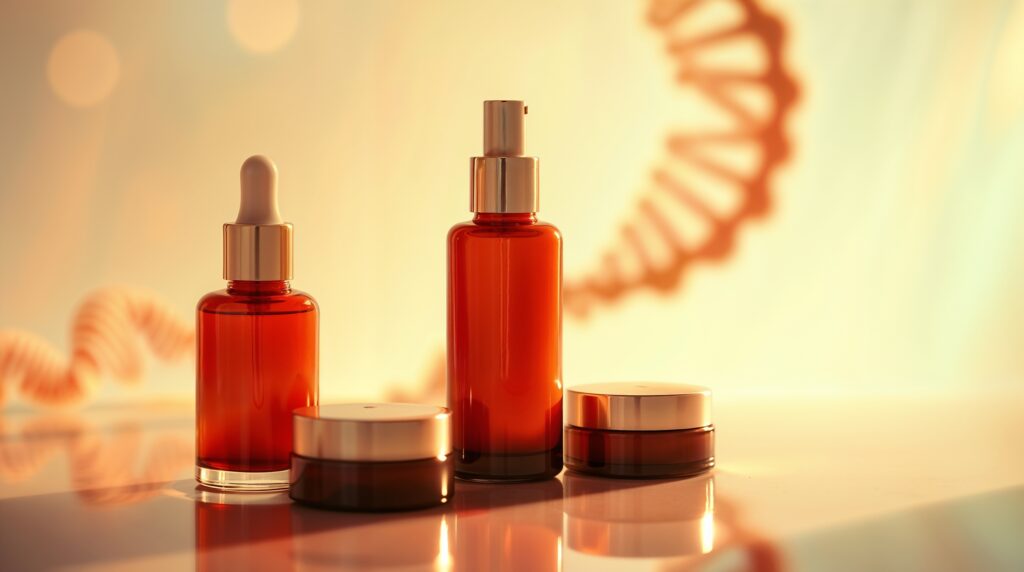Beauty’s Expanding Universe of Meaning
Cosmetic science isn’t just evolving—it’s deepening. In 2025, skin care is no longer just about surface-level improvement. It’s about emotional wellbeing, stress resilience, sun protection, microbiome support, and sensory comfort—all layered into a formula that works.
From Gen Z to Boomers, consumers today are asking a fundamentally different question: not “What will this do to my skin today?” but “What will this do for my skin long term?” And they expect transparent, science-backed answers.
CLR’s “Trends and Beyond 2025” ingredient portfolio rises to meet that expectation. Built around real-world stressors—psychological, environmental, and biological—it offers a roadmap to formulating skincare that is durable, emotionally intelligent, and microbiome-safe. Let’s explore the evolving expectations in skin and scalp care and how CLR’s bioactive solutions equip formulators to meet them head-on.
Stress, Sensitivity, and the Rise of Intentional Beauty
Behind every successful formulation lies a clear understanding of what today’s skin is truly up against. And it’s no longer just dryness or dullness. The challenges facing cosmetic formulators in 2025 are systemic, complex, and increasingly interconnected. External aggressors like pollution, UV radiation, and blue light intersect with internal pressures—stress, hormonal shifts, and emotional strain—to push the skin far beyond the limits it was originally built to handle.
This dynamic is part of what scientists now describe as the exposome, a term that encompasses all environmental and lifestyle factors affecting skin health over time. It’s also what underpins the growing movement toward preventative, resilience-building skincare. No longer content with short-term glow, consumers want their products to defend, restore, and adapt.
At the same time, the brain–skin connection is gaining significant traction in the scientific community and the skincare market. Psychological stress isn’t just experienced mentally—it manifests physically. Research published in The Journal of Clinical Investigation explains how stress-induced activation of the hypothalamic-pituitary-adrenal (HPA) axis alters immune signaling in the skin, contributing to inflammation, barrier dysfunction, and premature aging (National Library of Medicine, 2006) . Another study published in Dermato-Endocrinology shows that cortisol disrupts epidermal homeostasis and accelerates visible aging (National Library of Medicine, 2014).
Consumers are aware of this. They’re searching for neurocosmetic solutions that help them feel as good as they look—ingredients that soothe skin while lowering systemic stress responses. This dual-action demand poses a unique challenge for formulators: how do you deliver functional efficacy, emotional relief, and clean-label transparency all in one product?
And then there’s the microbiome. Once a fringe concept, it is now a non-negotiable in skin and scalp care. According to a 2022 review on the use of probiotics in cosmetics, topically applied ferment lysates can support barrier function, modulate inflammation, and encourage the growth of beneficial microbial species (Faucher & Hamet, 2022). This aligns with a major market trend: the skinification of hair, where scalp care borrows the same ingredients and technologies traditionally used in facial skincare (CosmeticsDesign-Europe, 2024).
Put simply, formulators are being asked to do more with less. Consumers want protection from UV and pollution, recovery for their microbiome, soothing for their nerves, and real performance—all in one sleek, transparent formula. The question becomes: how do we build products that are multifunctional, emotionally intelligent, and backed by real science?
This is where CLR’s portfolio becomes indispensable.
Where Function Meets Forecast: CLR’s Innovation in Motion
CLR’s approach isn’t simply to release novel actives—it’s to embed each one within a broader consumer and biological insight. Their 2025 concept aligns ingredient design with five trend-forward principles:
Beyond Function: The Role of Vision in Modern Product Design
What separates good formulation from great formulation isn’t just performance—it’s foresight. CLR’s portfolio anticipates where the market is heading: toward skin-care-as-healthcare, formulas that address biology as much as beauty, and claims that are supported not by rhetoric, but by molecular data.
As sustainability, personalization, and emotional wellness continue to dominate consumer decision-making, CLR’s ingredients offer cosmetic formulators a rare alignment of performance, compliance, and relevance. In an era where consumers demand to see and feel results, while regulatory bodies demand scientific substantiation, CLR provides the technical foundation to do both.
A Toolkit for Intentional Beauty
Each CLR active in the Trends and Beyond 2025 portfolio responds directly to the pressures of modern formulation: heightened consumer knowledge, emotional engagement, exposome stress, and functional minimalism. They’re not just ingredients—they’re strategic tools for building products that perform on every level: physiological, psychological, and practical.
As the market demands more than hydration or glow, your formulations must do more, too. They must restore. Defend. Soothe. Protect. And connect.
Ready to Take the Next Step Toward Intentional Innovation?
Submit a request through our website or reach out to your dedicated sales manager for personalized formulation guidance and support.
Resources:
- CosmeticsDesign. (2024, March 7). From the experts: 2024 hair and scalp care trend forecasts. Retrieved from: https://www.cosmeticsdesign.com/Article/2024/03/07/From-the-experts-2024-hair-and-scalp-care-trend-forecasts
- CosmeticsDesign-Europe. (2024, February 15). What’s new in the ‘skinification’ of hair care? Retrieved from: https://www.cosmeticsdesign-europe.com/Article/2024/02/15/Skincare-ingredients-for-hair
- Cosmetics & Toiletries. (2024). Decoding the skin‑mind connection with AnnonaSense CLR™. Retrieved from: https://www.cosmeticsandtoiletries.com/cosmetic-ingredients/actives/article/22888047/clrchemisches-laboratorium-dr-kurt-richter-gmbh-decoding-the-skinmind-connection-with-annonasense-clr
- National Library of Medicine. (2014). Brain–skin connection: Stress, inflammation, and skin aging. Retrieved from: https://www.ncbi.nlm.nih.gov/pmc/articles/PMC4082169/
- National Library of Medicine. (2006). Neuroimmunology of stress: Skin takes center stage. Retrieved from: https://www.ncbi.nlm.nih.gov/pmc/articles/PMC2232898/
- He, M., et al. (2023). Effects of a lotion containing probiotic ferment lysate for enhancing skin barrier. Retrieved from: https://pubmed.ncbi.nlm.nih.gov/37803101/
- Faucher, S., & Hamet, J. (2022). Probiotics in cosmetic and personal care products. Retrieved from: https://www.ncbi.nlm.nih.gov/pmc/articles/PMC7956298/









